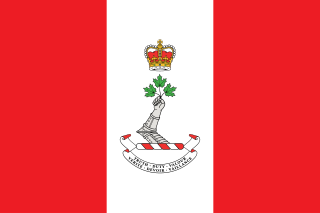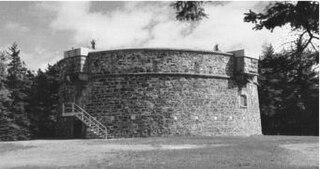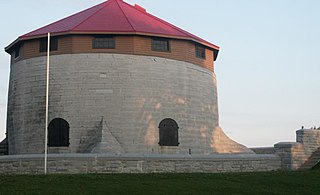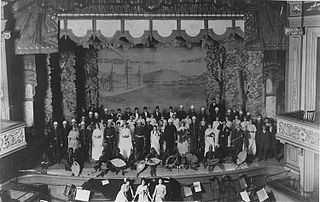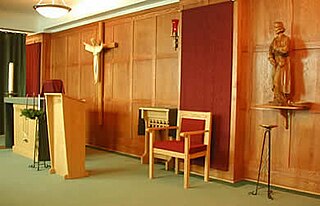| Artillery or Ordnance | Description | Location |
|---|
| Blomefield SBML 32-pounder Gun, [18] | weight 57-0-2, (6,386 lbs), Carron, 1806, King George III cypher, | Fort Frederick Tower 3 North. |
| Blomefield SBML 32-pounder Gun, | weight 56-3-0, (6,084 lbs), Carron, 1807, King George III cypher, | Fort Frederick Tower 3 East. |
| Blomefield SBML 32-pounder Gun, | weight 56-0-25, (6,025 lbs), Carron, 1811, King George III cypher, | Fort Frederick Tower 3 West. |
| Blomefield SBML 32-pounder Gun, | Walker Co, King George III cypher, | Parade Square North East. |
| Millar SBML 32-pounder Gun, | weight 64-2-10 (7,234 lbs), Walker Co, 1842, King George III cypher, | Fort Frederick 2. |
| Blomefield SBML 32-pounder Gun, | weight 67-0-9 (7,513 lbs), Carron, 1807, King George III cypher, | Fort Frederick 3. |
| Blomefield SBML 32-pounder Gun, | weight 53-0-25 (5,961 lbs), Walker Co, King George III cypher, | Fort Frederick 5. |
| Blomefield SBML 32-pounder Gun, | weight 64-3-0 (7,252 lbs), Walker Co, 1842, | Fort Frederick 6. |
| Blomefield Palliser conversion of a SBML to RML 32-pounder Gun, | RGF, 1870, Queen Victoria cypher, | Paint Yard. |
| Blomefield Palliser conversion of a SBML to RML 32-pounder Gun, | Queen Victoria cypher, | Paint Yard. |
| Blomefield SBML 32-pounder Gun, | Walker Co, King George III cypher, | Crerar Gateway West. |
| Blomefield SBML 32-pounder Gun, | weight 50-1-14 (5,670 lbs), Walker Co, King George III cypher, | Crerar Gateway East. |
| Blomefield SBML 32-pounder Gun, | Carron, 1807, King George III cypher, | Fort Haldiman. |
| Blomefield SBML 32-pounder Gun, | King George III cypher, | MacDonald West. |
| Blomefield SBML 32-pounder Gun, | Walker Co, King George III cypher, | MacDonald East. |
| SBML 24-pounder Gun, | weight 20-0-4 (2,244 lbs, weight of a 6-pounder), 1847, Queen Victoria cypher, | Fort Frederick North East 1, mounted on long wooden carriage. |
| SBML 24-pounder Gun, | weight 20-0-0 (2,240 lbs, weight of a 6-pounder), 1847, Queen Victoria cypher, | Fort Frederick 7, mounted on long wooden carriage. |
| SBML 24-pounder Brass Gun, | weight 12-3-7 (1,435 lbs), 1843, CLXXV (175), Queen Victoria cypher, DEMD, | Senior Staff Mess North. |
| SBML 9-pounder Brass Gun, | weight 13-2-0 (1,512 lbs), FM Eardly-Wilmot, 1859, Queen Victoria cypher, 4862, | Senior Staff Mess South. |
| SBML 9-pounder Brass Gun, | 1813, Dolphin handles, DLVIII (558), King George III cypher, | flagpole East. |
| SBML 9-pounder Brass Gun, | 1812, Dolphin handles, CCCLIV (354), King George III cypher, | flagpole West. |
| SBML 32-pounder Gun, | Carron, weight 17-3-7 (1,995 lbs), | Fort Frederick Tower 2 North West. |
| SBML 32-pounder Gun, | Carron, 1808, | Fort Frederick Tower 2 North. |
| SBML 32-pounder Gun, | Carron, 1804, | Fort Frederick Tower 2 North East. |
| SBML 32-pounder Gun, | Carron, weight 17-3-7 (1,995 lbs), | Fort Frederick Tower, Main South. |
| SBML 32-pounder Gun, | Carron, weight 17-3-11 (1,999 lbs), | Fort Frederick Tower, Main North. |
| SBML 32-pounder Gun, | Carron, weight 17-1-21 (1,953 lbs), | Fort Frederick Tower, Main North East. |
| SBML 10-inch 52-cwt Mortar, | weight 18-x-x (>2,000 lbs), Walker Co, 1856, shot in the muzzle, | Stone Frigate North. |
| SBML 10-inch 52-cwt Mortar, | weight 18-1-9 (2,053 lbs), shot in the muzzle, | Stone Frigate South. |
| Armstrong RBL 7-inch 72 cwt Gun, | weight 81-3-3 (9,159 lbs), 1862, Queen Victoria cypher, | mounted on a long wooden carriage, Fort Frederick 4. |
| Blomefield SBML 12-pounder Gun, | 4.75-inch2 foot long gun fragment, | Fort Frederick Tower B. |
| Blomefield SBML 12-pounder Gun, | 4.75-inch, 2 feet 5 inches long, embedded in the road at a 30-degree angle, | Main Gate North. |
| Blomefield SBML Gun, 4.75-inch, | 2 feet 5 inches long, embedded in the road at a 30-degree angle, | Main Gate South. |
| German Second World War 8.8-cm | 7.5 cm Infanteriegeschütz 37 FlaK 37 Anti-Aircraft Gun, (Serial Nr. R5456) 1042 CXX (120), | Crerar Crescent. |
| German Second World War 8.8-cm Panzerabwehrkanone 43 | (8.8-cm PaK 43) Anti-tank Gun, Breeching Ring (Serial Nr. R1243), | Crerar Crescent. |
| Ordnance QF 25-pounder Gun, | Reg No, 16055, | Massey Library, by the Cadet statue. |
| M109 155-mm Self-propelled Howitzer, | (Reg. No. 77225), 1985, AC: AX, ECC: 119205 HUI C: 1941, SAUI C: 1941, VMO No. DLE29685, VMO Date: 09 Dec 2002. | Training Aid, RMC. |
|










